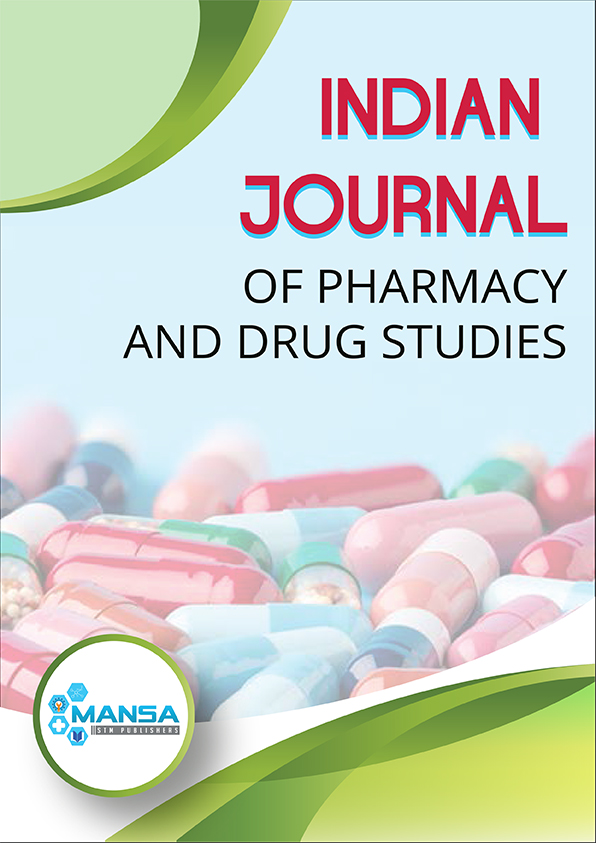Effect of Glucose Concentrations on the HSA-Hydrochlorothiazide Interaction – a study using Circular Dichroism and Molecular Docking
Keywords:
Diabetes mellitus, glucose, hydrochlorothiazide, human serum albumin, CD-spectroscopy, molecular dockingAbstract
Diabetes Mellitus is a chronic disease characterized by hyperglycemia and is accompanied by disturbances in the metabolism of carbohydrates, lipids, and proteins. It requires a lot of attention, as its complications lead to serious health damage and even death. Hydrochlorothiazide (HCTZ) is a diuretic that is well-tolerated in antihypertensive treatments, it reduces blood volume and, therefore, decreases peripheral vascular resistance. However, there are some comments in the literature on the possibility that high blood concentrations of blood glucose (GLU) induce tolerance and cause adverse metabolic effects, which might generate clinical complications. This study aimed to present results by using circular dichroism (far and near UV) to study the interaction between human serum albumin (HSA) and hydrochlorothiazide in the absence and presence of glucose at 37ºC. Methods- Experimental data were correlated for theoretical analysis through molecular docking simulations. Th e ability of hydrochlorothiazide to bind with HSA was verified in normoglycemic (containing glucose 80 mg/dl) and hyperglycemic (containing glucose 320 mg/dl) solutions. Far-UV analysis showed that HCTZ caused little perturbation on the secondary structure of albumin for the three HSA: HCTZ ratios (1:12, 1:24, and 1:48). We observed a strong disturbance in the secondary structure of albumin was for GLU in hyperglycemic concentration, with a maximum reduction of 12.66% at 222 nm. An increase in the blood GLU level causes a functional perturbation in the binding of HCTZ with HSA. HCTZHSA binding is spontaneous and causes weak perturbation on the secondary and tertiary structure of albumin, however, at high GLU concentration, the perturbation increases which makes the albumin structure unstable.
Downloads
Downloads
Published
Issue
Section
License
Copyright (c) 2022 Marilia Marilia Amável Gomes Soares, Otávio Augusto Chaves, Dilson Silva, Darí Cesarín-Sobrinho, CELIA MARTINS CORTEZ

This work is licensed under a Creative Commons Attribution-NonCommercial-NoDerivatives 4.0 International License.




